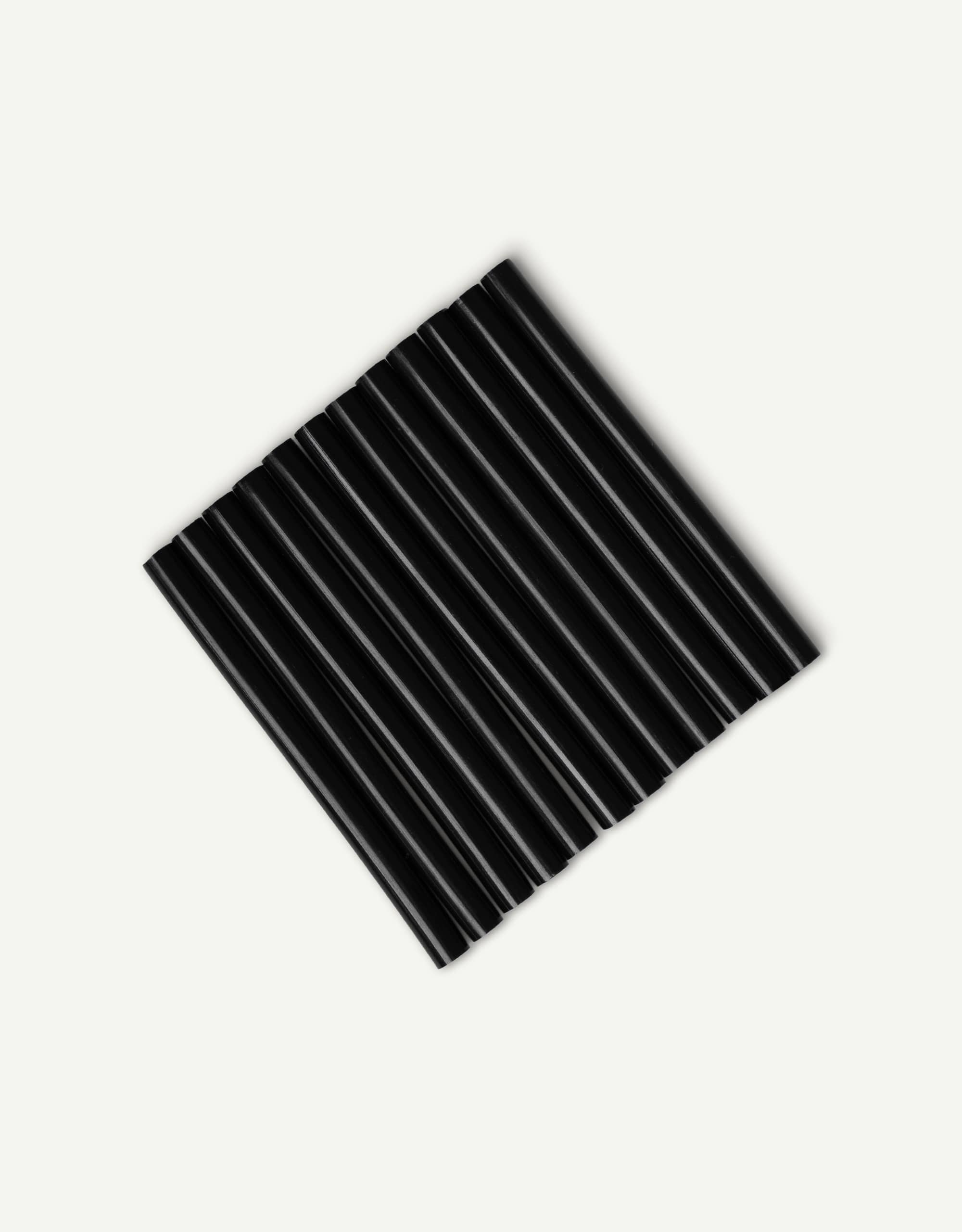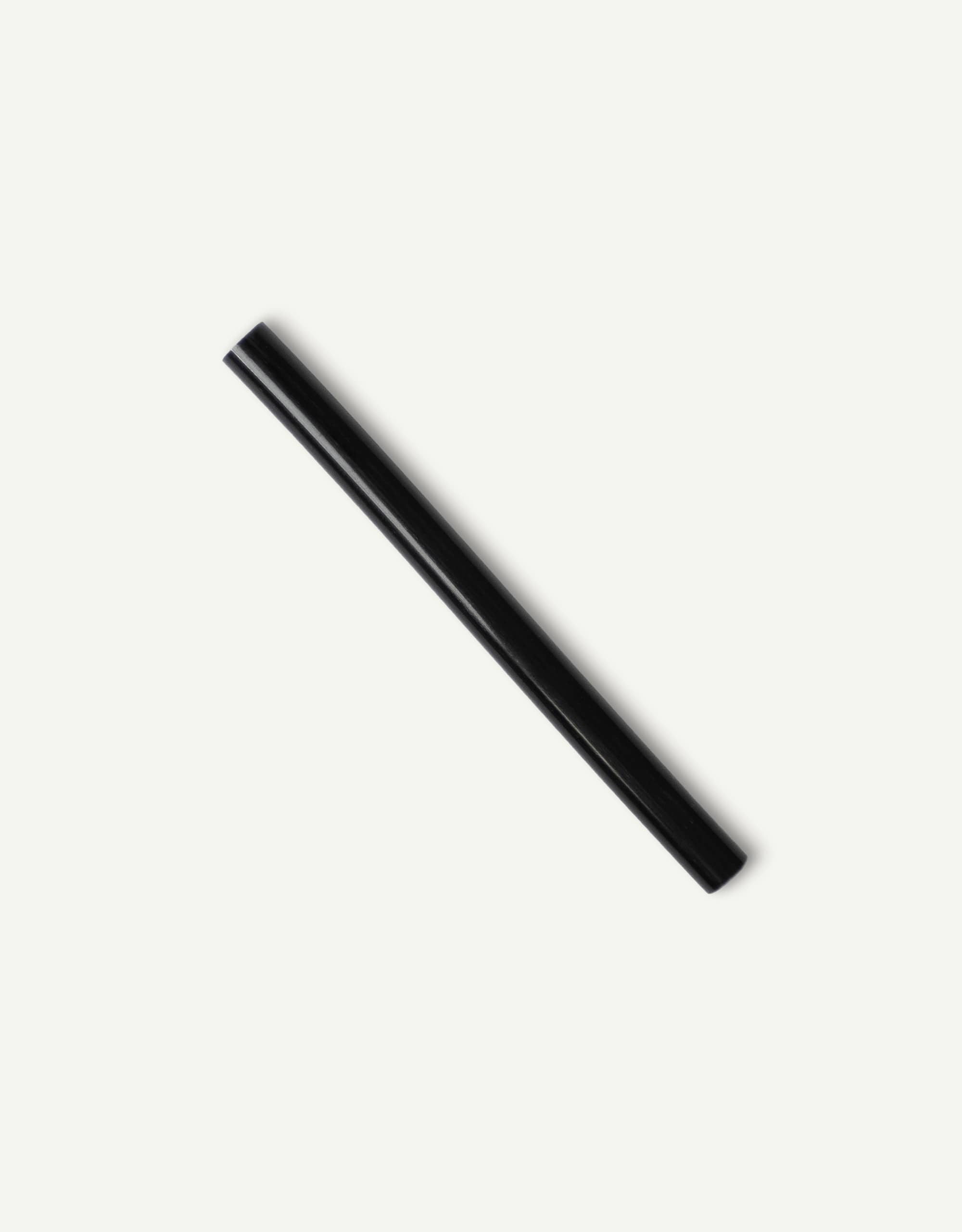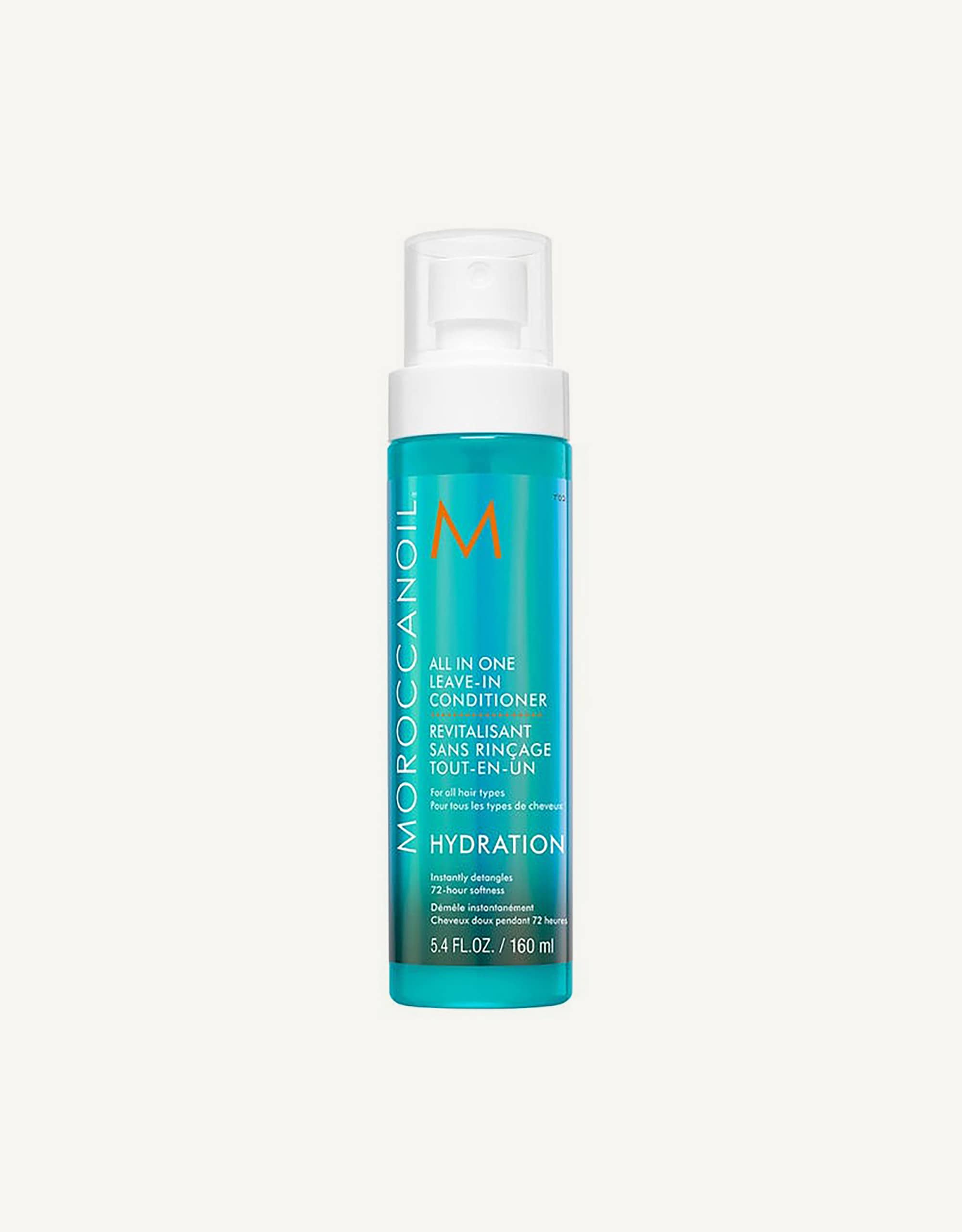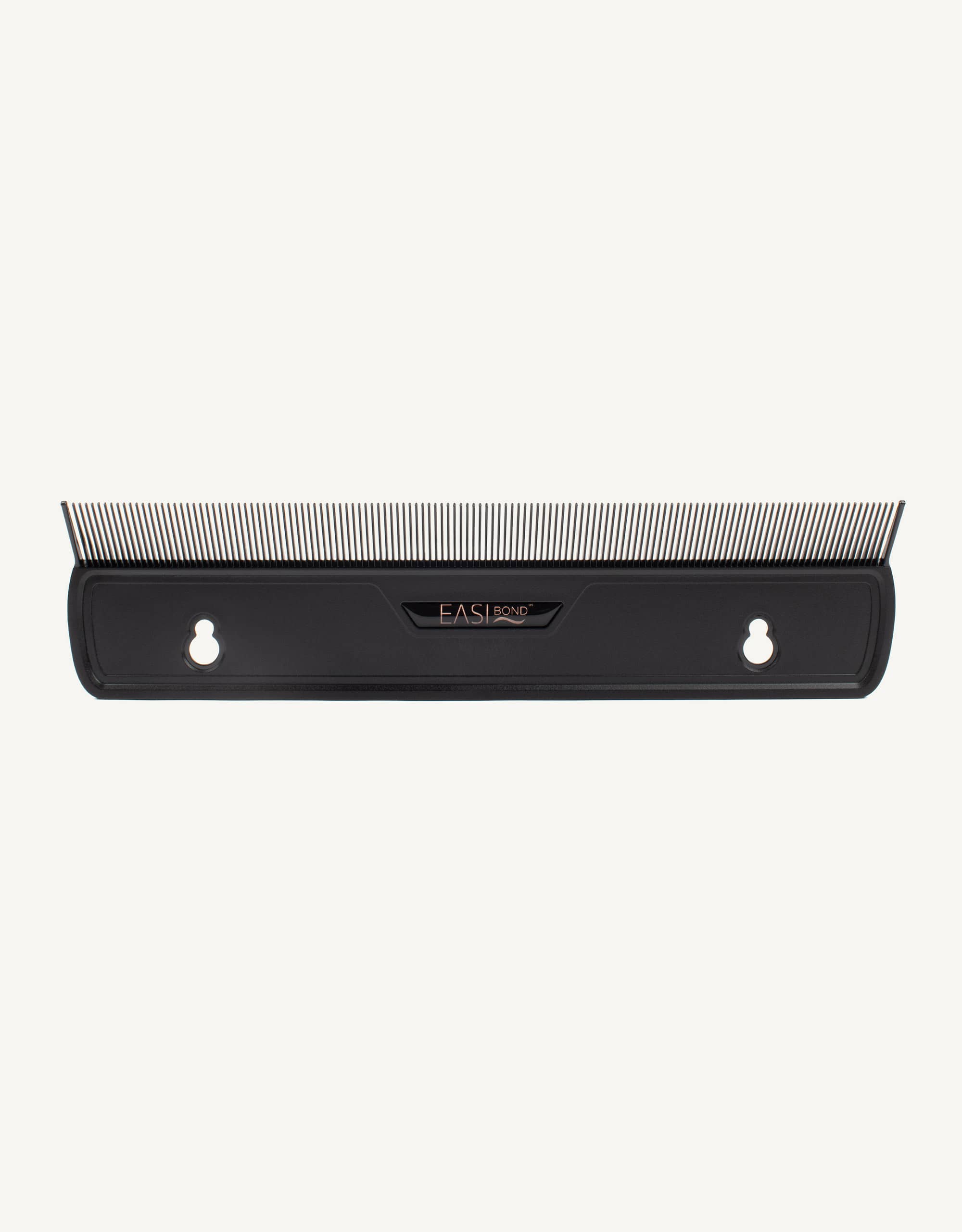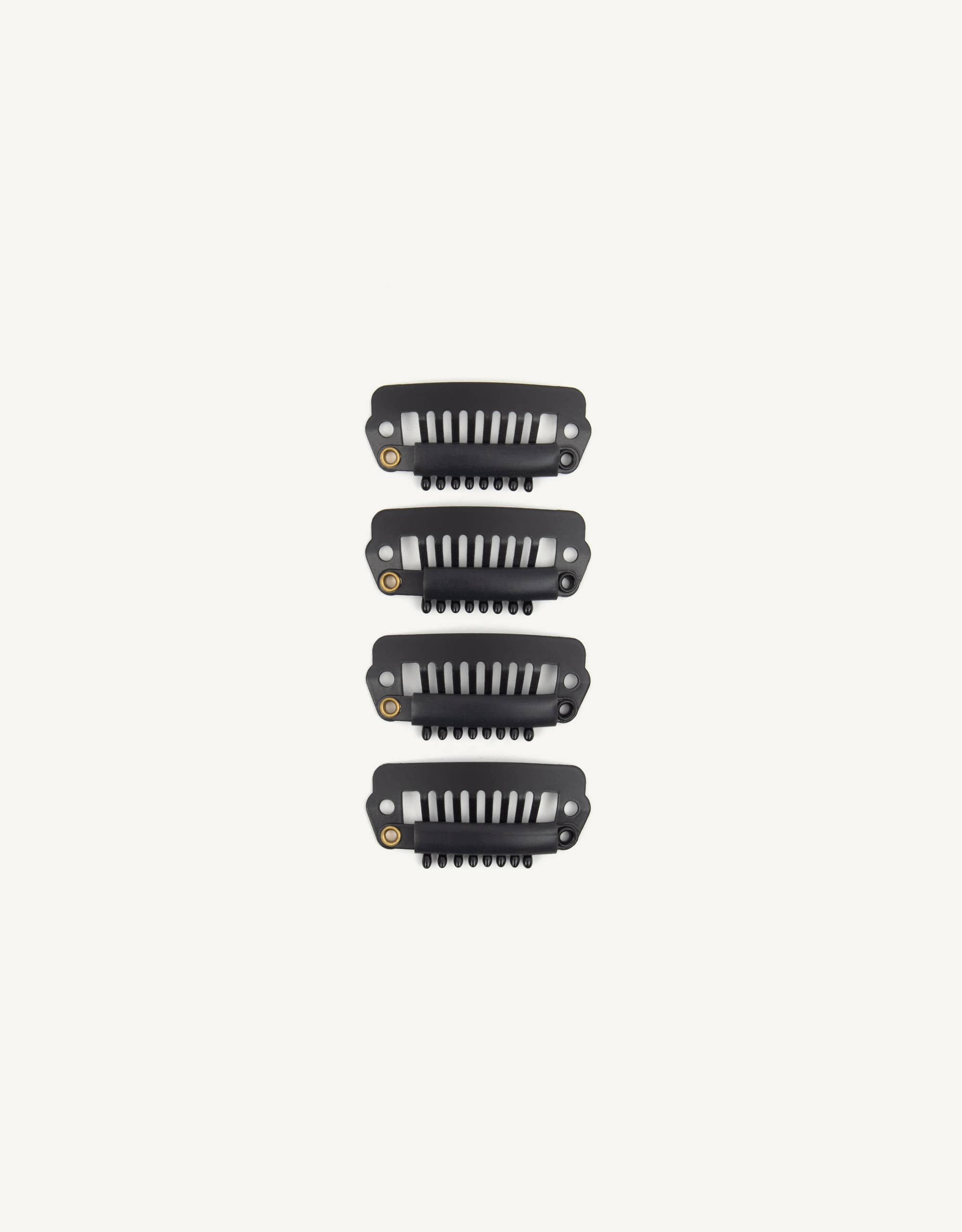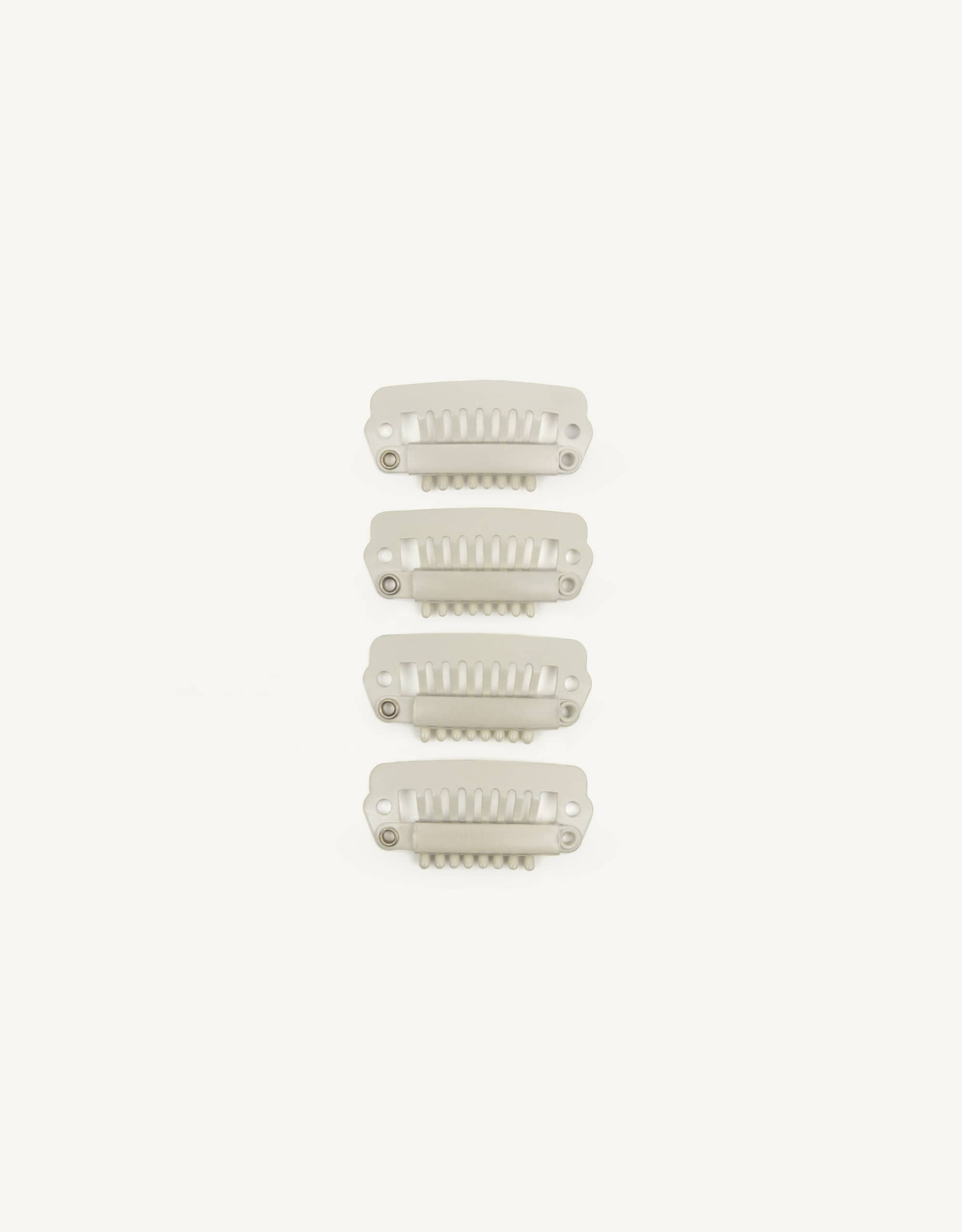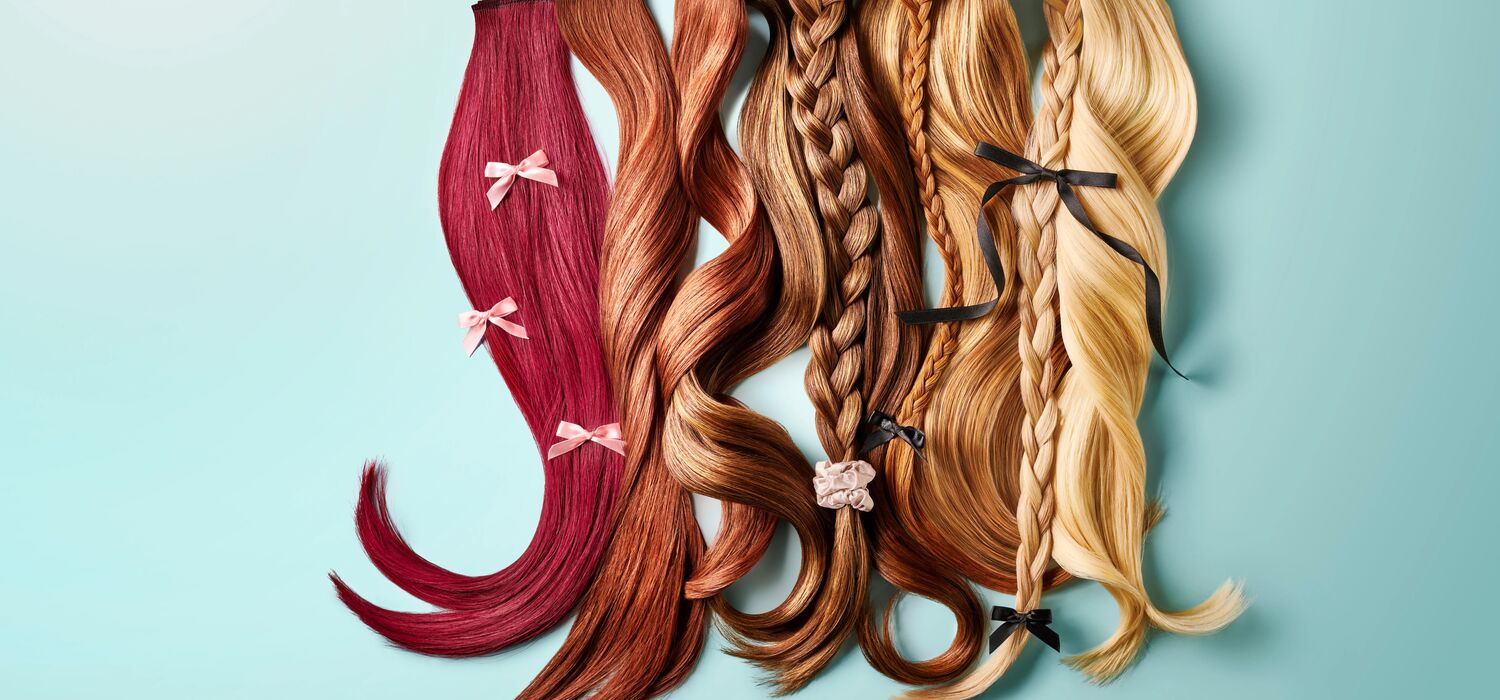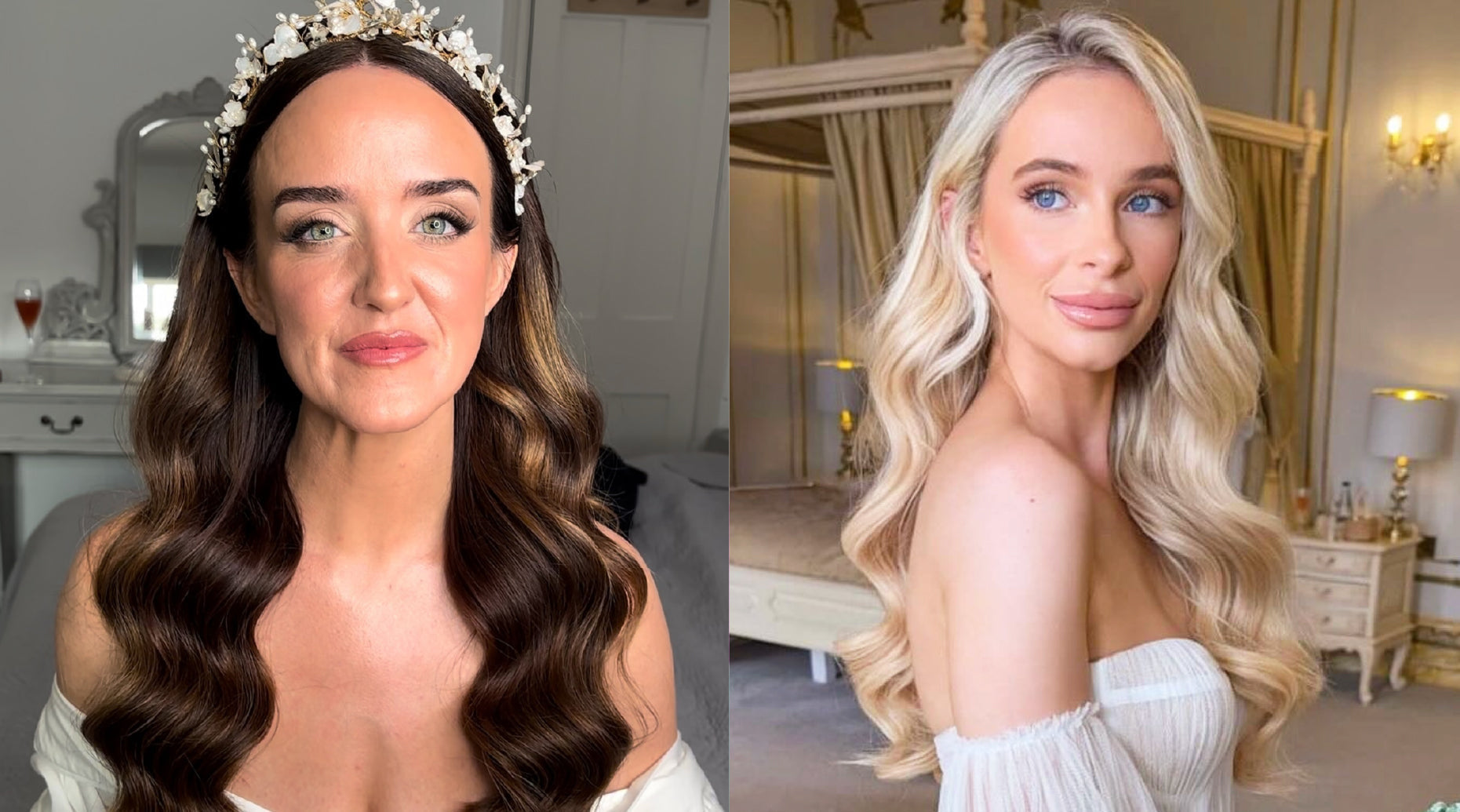Hair Extension Methods and Techniques: Pros & Cons
- You Asked...
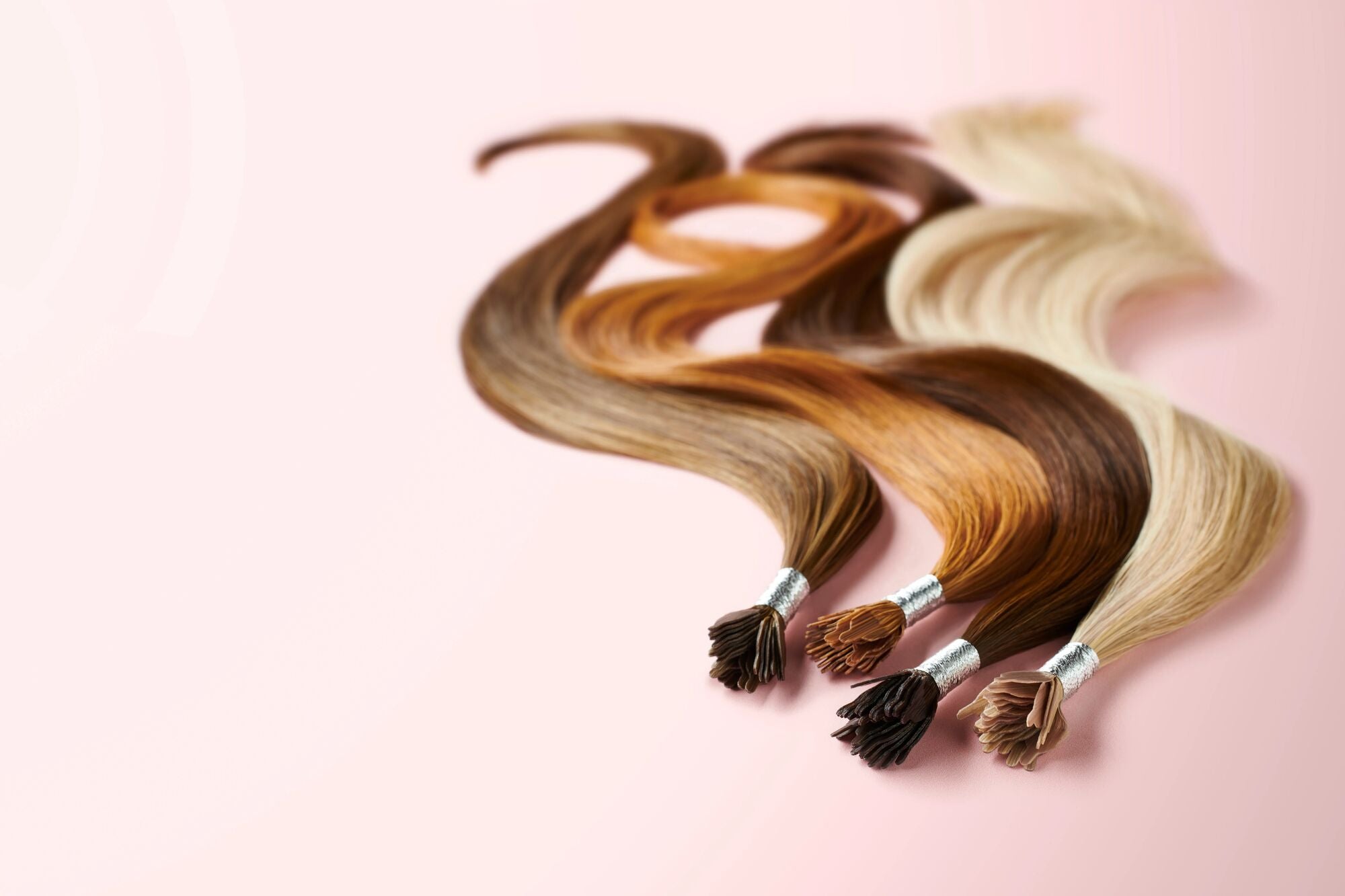
If you’ve been dreaming of waking up with “mane” character energy every day then it’s time to consider hair extensions. With lots of different hair extension methods available to you at Additional Lengths, you may be unsure of where to start. To help you make the best choice for your hair, check out our guide answering some FAQs and discussing the pros and cons of different hair extension methods…
Different Types Of Hair Extension Methods
Hair extensions can be synthetic or made from real human hair. Synthetic extensions are cheaper than real hair, but they usually don’t last as long.
At Additional Lengths, we are all about hair for the long game, so we source the highest quality and most ethical 100% human hair extension brands.
Overall, hair extensions give you the chance to change the look of your hair and style without causing any damage to your own hair e.g continuously dying, bleaching etc to switch up your look. They include:
Temporary – Worn and taken in and out daily or weekly. Ideal where large hairpieces are required. These include ponytails and clip-ins.
Semi-permanent – These extensions are small and undetectable and can be worn for much longer periods. These include; Pre-Bonded, Wefts and Tapes.
Tape-In Hair Extensions
Tape-in hair extensions are a great option for first-time hair extensions seeking a semi-permanent solution that’s more lasting than Clip-Ins. Applied by your stylist sandwiching small sections of natural hair between the taped wefts, they are especially fantastic for fine or thin hair by providing a seamless, natural finish.
Pros of Tape-In Hair Extensions
Giving hair a natural look, they lay flat to the head. Specifically looking at the Remi Cachet Elegance Injection Tape Hair, these are designed to be discreet in your own natural hair, from the injection process that mimics the root and hair growth to the 4cm wide coloured backing that changes depending on the desired colour.
Cons of Tape-In Hair Extensions
For the first 48 hours after application, the tape needs to cure, so bathing, showering or any high-intensity exercise that could break a sweat isn’t advisable.
When wearing tape-in extensions, we advise you should also avoid oil and oil-based hair products as they could cause your extensions to slip.
We also advise that tape-in hair extensions should be avoided if you swim regularly, as the chemicals in the pool can weaken the tape and therefore influence the longevity of the extension.
Maintaining Tape-In Hair Extensions
It's all about staying on top of your aftercare routine and keeping up with your maintenance appointments.
For the best results, make sure to follow our handy aftercare guide. We’ve got all the details you need from the right products to use, to top tips and steps that will keep your extensions looking their best.
When it comes to maintenance appointments, the frequency of these differs from person to person, so these are personal to you. Chat with your stylist to figure out how often you need these as they know your hair best. Make sure you stick to your schedule to keep your hair in it for the long game.
For more information about Tape Hair Extensions, read through our journal post.
Budget for Tape-In Hair Extensions
The price of tape hair extensions can vary depending on a few things, like the range you choose, the length, and the colour you’re after.
Our packs of extensions start from £50 and go up to £117.50, so there’s something to suit every budget.
Weave-In Weft Hair Extensions
Weave-in weft hair extensions are more permanent and, unlike tape-in extensions, don’t require adhesive.
The hair is parted across the head and the weft is either sewn onto a plait track or, more commonly, is attached to a track made of rings. The hair is passed through rings in the weft by a loop wand, and each ring is secured to the natural hair, for a more concealed and natural track.
This hair extension method is perfect for thicker hair that can easily conceal the tracks.
Pros of Weave-In Weft Hair Extensions
Weave-in weft hair extensions provide a great way to add natural-looking volume to hair. No heat is needed for this method so there is no risk of heat damage to the hair. Plus, the method allows oils and serums to be used frequently, without any problems. Overall, Weave-in extensions are great for adding length to short, thick hair.
Cons of Weave-In Weft Hair Extensions
Some wefts aren’t advisable for finer hair as rows can be visible. Your stylist will be able to help you with this in your consultation.
Maintaining Weave-In Weft Hair Extensions
Like with all hair extensions, to keep your “mane” character energy going with weave-in hair extensions, it’s all about staying on top of your aftercare routine and keeping those maintenance appointments in check.
For the best results, be sure to follow our easy aftercare guide.
When it comes to maintenance, have a chat with your stylist to decide how often you’ll need your appointments. Everyone’s hair is different, so sticking to your maintenance schedule is super important to keep everything looking its best.
Budget for Weave-In Weft Hair Extensions
The cost of weave-in hair extensions can change based on a few factors, like the type of weft you choose, the length, and the colour you want. Our weave-in extensions range from £70 to £630, so there’s an option for every budget.
Bond Hair Extensions
For gorgeous, length and volume that will turn heads, explore our collection of Pre-Bonded hair extensions at Additional Lengths. These extensions are expertly applied by attaching small strands of high-quality hair to your natural locks using either a glue or ring method, ensuring a seamless, flawless finish.
Glue Method Hair Extensions
When we are talking about glue method hair extensions at Additional Lengths, we are talking about Nail Tips and Flat Tips. Both of these are a popular choice for adding length and volume to your hair. Coming in packs of 25, the extensions are applied using a special adhesive that bonds the extensions to your natural hair. The process is quick and gives a seamless, natural look.
Pros of Glue Method Hair Extensions
The Keratin used in the application process dries transparent, allowing the extensions to blend beautifully with your hair for a flawless, natural look. The glue bonds the extensions closely to your natural hair, making them virtually undetectable and giving that perfect seamless blend.
Cons of Glue Method Hair Extensions
It’s worth noting that they take much longer to remove than any other method.
Maintaining Glue Method Hair Extension
Keeping your extensions looking their best is all about staying on top of your aftercare and keeping to those maintenance appointments.
For hair that delivers the ultimate “mane” character energy, be sure to follow our aftercare guide. We’re hair for the long game so we have got all the tips you need, from the best products to use, to quick wins that’ll help keep your extensions looking their best.
When it comes to maintenance, how often you need an appointment can vary from person to person. It’s a good idea to chat with your stylist to figure out the right timing for you since they know your hair best. Just be sure to stick to your schedule.
Budget for Glue Method Hair Extensions
The price of these hair extensions depends on a few things, such as the extension type, length, and colour you choose.
As we mentioned, glue methods include our collection of Nail Tips and Flat Tips. A pack of Nail Tips range from £25 to £65, with Flat Tips ranging from £34.50 to £95.
Ring Hair Extensions
Ring hair extensions are small bundles of hair looped through small sections of natural hair and secured by a band, clamped together with pliers. These include; Nano Tips, Mini Tips, Pro Tips and Stick Tips, all of which come in packs of 25.
Pros of Ring Method Hair Extensions
As no heat is used in this method, the hair is subjected to no heat damage, and the extensions can be easily adjusted and reused. A popular choice, these extensions blend seamlessly with the natural hair and are easy to wash and care for.
Cons of Ring Method Hair Extensions
This method is not recommended for those with fine hair as it can cause strain and discomfort to the scalp.
Maintaining Ring Hair Extensions
To keep your extensions looking their best, it’s all about staying on top of aftercare and keeping up with your maintenance appointments.
For the best results, make sure to follow our simple aftercare guide. We’ve got all the tips you need, from the best products to use to the easy steps that you need to follow to keep that “mane” character energy going.
When it comes to maintenance, how often you’ll need touch-ups depends on your hair and your personal needs. Your stylist knows your hair best so they will be able to tell you the frequency of appointments best for you. Just make sure you stick to this.
Budget for Ring Hair Extensions
The price of these hair extensions depends on a few things, such as the extension type, length, and colour you choose.
Ring hair extensions range from £25 to £95… a price to suit everyone’s budget
Which Type of Hair Extension is Best for You?
Now that we’ve gone through the different hair extension methods and techniques for different types of hair, it’s time to think about your goals and lifestyle. This is because the best form of hair extension is going to meet the needs of day-to-day life.
Here are some questions to consider when thinking about the best hair extension method for you:
-
How long do you need the results to last?
-
How much maintenance are you prepared to commit to?
-
How does your work/family life constrain your commitment to keeping your extensions healthy?
-
How competent are you when it comes to styling your hair?
-
Do you enjoy styling your hair or is it more of a chore?
Once you’ve answered these questions truthfully, your hair stylist will be able to guide you in the right direction during your consultation.
Want to find out more? Head to our journal post What Are The Best Hair Extensions?
Hair Extension Methods FAQs
What Is The Safest Hair Extension Method?
All hair extension methods are safe when carried out by professionals, but if you’re nervous about trying them, why not wear some temporary hair extensions first as a starting point?
Temporary clip-in hair extensions are wefts attached to clips that provide an easy and instant transformation. A perfect choice for thickening out your hair for a night out or a special occasion, they’re also a great option if you want to try out a new hairstyle without even having a haircut!
Clip-in hair extensions are easy to use, don’t require professional application and if worn frequently and cared for properly, should last up to 12 months.
We love this look created using the Remi Cachet Wonderpiece…
What Is The Least Damaging Hair Extension Method?
With semi-permanent or permanent hair extensions, lack of correct aftercare can cause damage, but you can prevent this altogether if you take proper care of your natural and extension hair. We always recommend our collection of Remi Cachet aftercare products when using Remi Cachet hair extensions.
What Are the Lowest Maintenance Hair Extensions?
When it comes to low-maintenance hair extensions, clip-ins are definitely the winner. They're super easy because you can pop them in and take them out whenever you want. The only thing to keep in mind is that you shouldn’t sleep in them, but otherwise, they're pretty low-maintenance since you can remove them at the end of the day.
For semi-permanent extensions, the maintenance schedule really depends on your hair and how fast it grows. So, what counts as "low-maintenance" can be a little different for everyone. It's definitely worth chatting with your stylist about it because they'll know your hair and can help you figure out what works best for you.
We’re all about the long game when it comes to your hair, so we want to make sure you pick the best extensions that’ll give you that ultimate “mane” character energy. We hope this guide on all the different methods we offer helps you find your new look. And if you’ve got any more questions or need a little extra guidance, don’t hesitate to reach out to our customer support team. They’re always here and super happy to help you get the hair you truly deserve.


